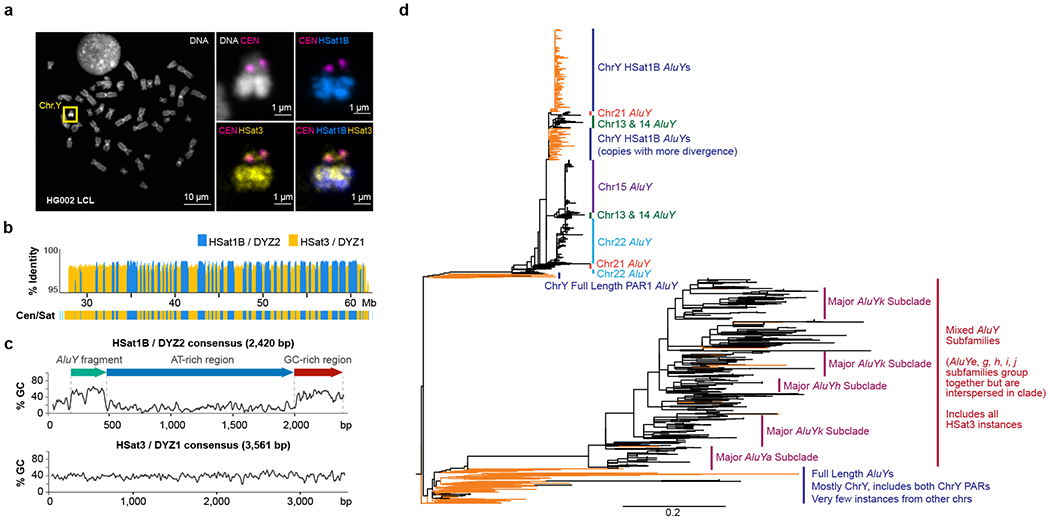Fig. 5 |. Heterochromatic region of the distal Y q-arm (Yq12).

a. FISH painting of the Y chromosome, centromere/DYZ3 (magenta), HSat1B (blue), and HSat3 (yellow). Top-left, overall chromosome labeling by DNA dye (DAPI) with ChrY highlighted in an HG002-derived lymphoblastoid cell line (GM24385). The right panels show ChrY labeled with FISH probes recognizing centromeric alpha satellite/DYZ3 (magenta), HSat3/DYZ1 (yellow), and HSat1B/DYZ2 (blue). In concordance with the T2T-Y assembly, HSat3 probes indicate the presence at DYZ17 (close to centromere) as well as a slight enrichment to the proximal part of the Yq12 (DYZ1), while HSat1B is only present in the Yq12 and is more enriched towards the distal part (DYZ2). Maximum intensity projections are shown in all panels. The results of this experiment were replicated using two different sets of PCR probes. Fifteen large-field images containing at least 20 spreads were analyzed per condition. b. % identity of each DYZ2/DYZ1 repeat unit to its consensus sequence. c. % GC sequence composition of the HSat1B/DYZ2 and HSat3/DYZ1 repeat units and the position of an ancient AluY fragment in DYZ2. d. Phylogenetic tree of AluY sequences associated with HSat1B and HSat3, rooted on AluSc8. Tree represents subsampling of AluY elements, both full length (FL) and truncated, including AluY sequences found within HSat1B units and associated with HSat3 arrays. Elements located on ChrY are denoted with orange branches. The scale bar represents 0.2 substitutions per site on a branch of the same length.
